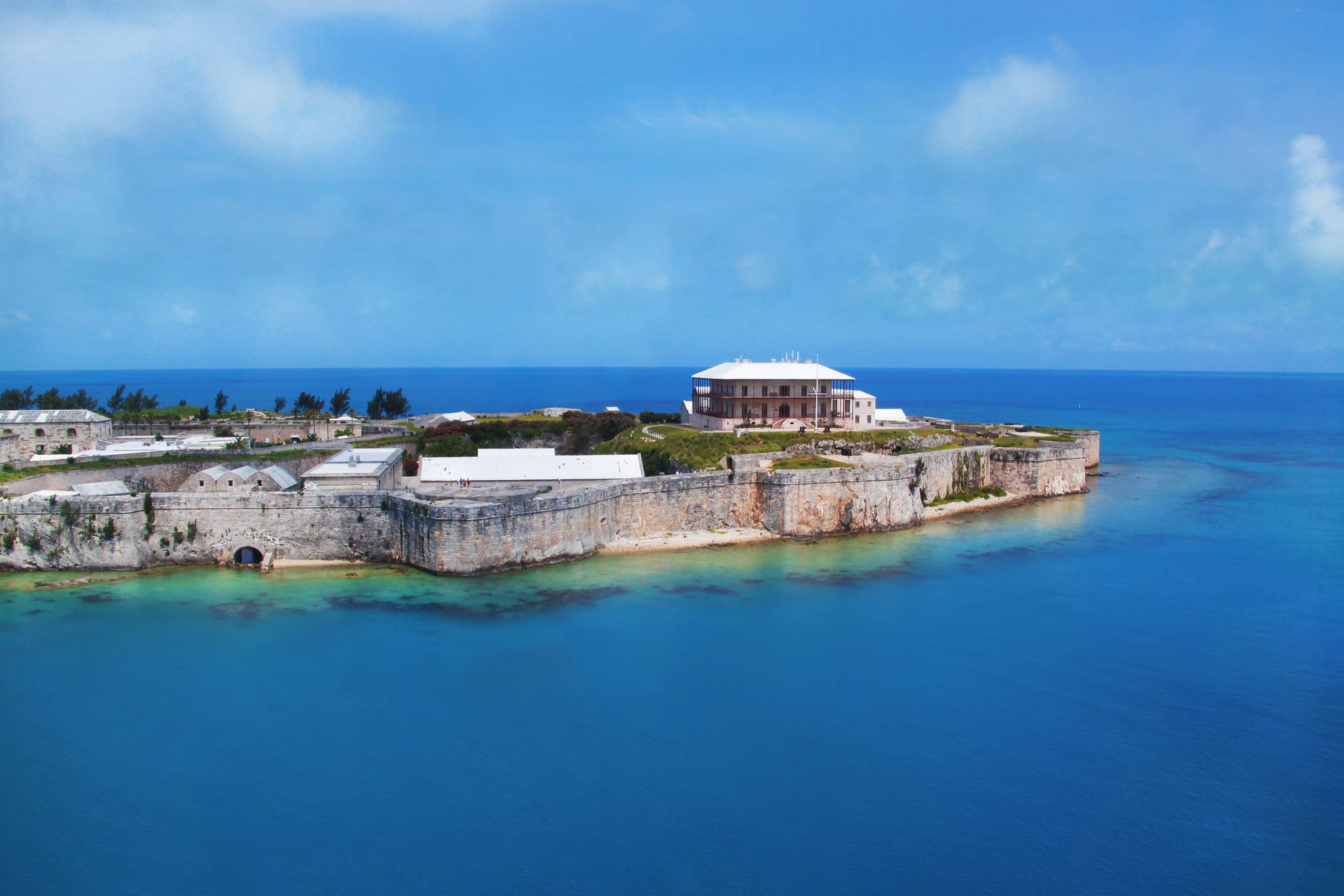Bermuda
Bermuda, historically known as Las Bermudas or Las Islas Bermudas, is a British Overseas Territory located in the North Atlantic Ocean and the West Indies. It consists of 181 islands, although the most significant ones are connected by bridges, giving the appearance of a single landmass. The total land area of Bermuda is approximately 54 square kilometers (21 square miles).
Here are some key facts about Bermuda:
- Geography: Bermuda is an archipelago comprising 7 main islands and around 170 additional named islets and rocks. It is situated about 650 miles (1,050 kilometers) east of Cape Hatteras in North Carolina, U.S.
- Climate: Bermuda has a subtropical climate, characterized by mild winters and warm summers. Its climate exhibits oceanic features, similar to other coastal areas in the Northern Hemisphere. Warm, moist air from the ocean ensures relatively high humidity and stabilizes temperatures. The islands lie in Hurricane Alley, making them prone to severe weather, but they receive some protection from a coral reef and their northern position, which limits the severity of approaching storms
- History: Bermuda was discovered by Spanish explorer Juan de Bermúdez in 1505. The islands have been permanently inhabited since 1612, when an English settlement was established at St. George’s. Initially part of British America, Bermuda was governed by the Somers Isles Company until 1684, when it became a crown colony. The first enslaved Africans arrived in Bermuda in 1616, and the economy shifted toward maritime activities, serving as a base for merchants, privateers, and the Royal Navy.
Bermuda’s unique blend of natural beauty, history, and culture makes it a fascinating destination for travelers. Whether you’re exploring its pink sand beaches, diving into its crystal-clear waters, or strolling through its charming towns, Bermuda offers a memorable experience.
